It has received several awards and is now a proud 25 years old: the Junior Ranger Programme of the Bavarian Forest National Park. With years of experience in this hands-on form of environmental education with children, the rangers behind this programme are among the most requested experts for protected areas across Europe and beyond who would like to introduce the programme at their sites.
We asked two of the brains behind it to share their experiences and tips with you here: Kristin Biebl, a ranger in the Bavarian Forest National Park and herself a junior ranger for many years, and her ranger colleague Mario Schmid, who helped launch the project in 1998 and is the managing director of the specially founded Junior Ranger Association “Junior Ranger Nationalpark Bayerischer Wald“. The two work together with the association team and fellow rangers to bring the children closer to nature on site in the field.
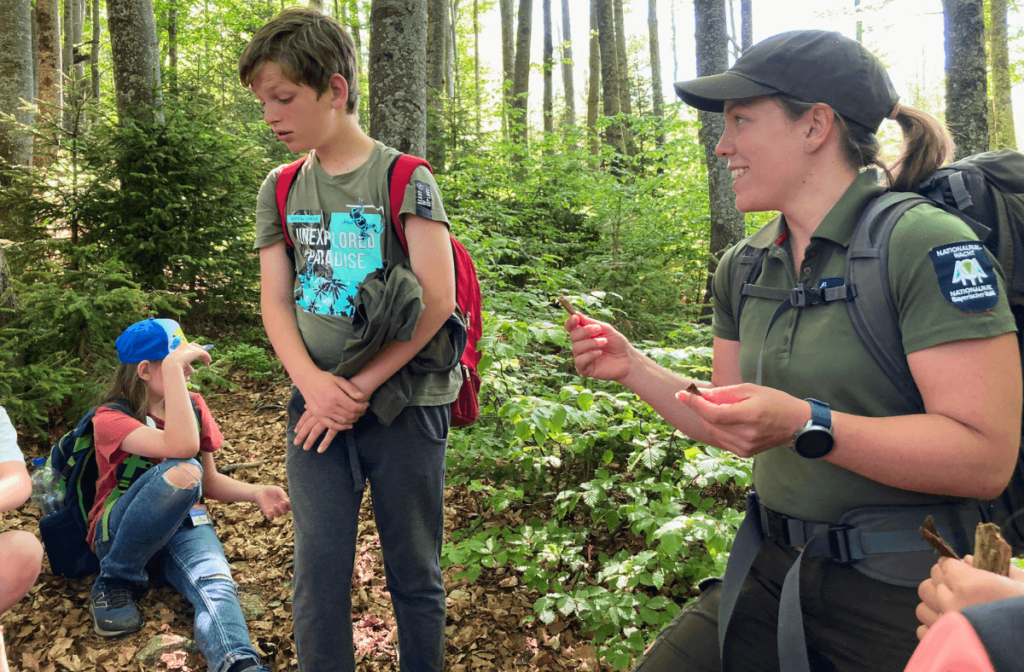
What is the Junior Ranger Programme?
Kristin: First and foremost, we want to bring children from the national park region closer to the national park and thus strengthen acceptance in the region. We also want to train young people who are rooted in the region so that they can support the National Park Service as volunteers later on. For example, as young adults in the Volunteer Ranger or Youth+ Programme, as it is called internationally. The Junior Ranger Programme can look very different in different protected areas, because there is no one concept that fits everyone.
From your experience, what are the most important roles of junior rangers in the protected area and for nature conservation?
Mario: Through the program, we transport values to the new generation and thus to the population, because the children share their experiences and enthusiasm with their families and friends. It also helps the children to identify with the protected area in the long term: Many of them return after their studies or training. I think that is very important. Because the protected area itself is one thing. How we as people deal with it is the other. And the junior rangers grow up with this protected area from the very beginning, experience its development as part of their own and thus have a completely different understanding. As youth and young adults in the Volunteer or Youth+ Ranger programme, they can then take on certain ranger tasks, help us in the Junior Ranger programme and are ambassadors for their protected area and region at the programme’s national events.
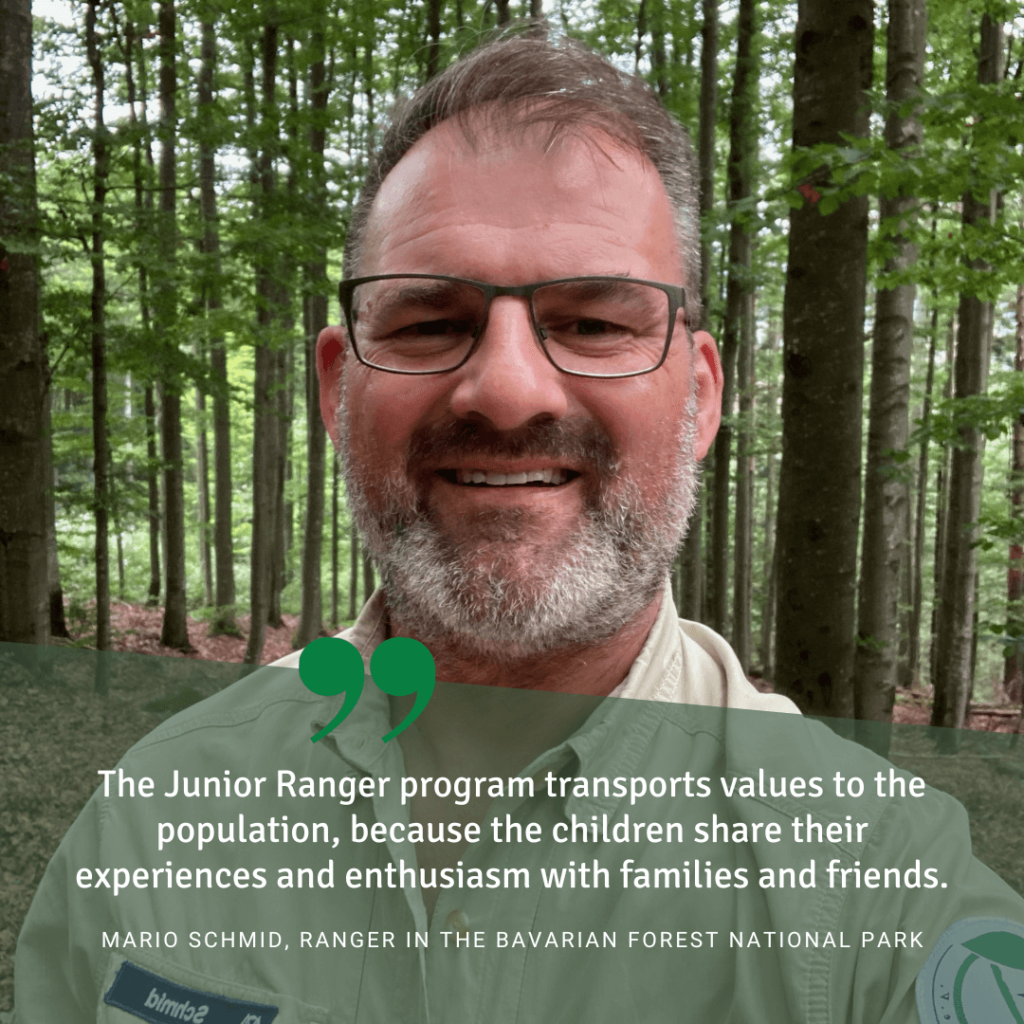
Working with children is always rewarding, every day. What could be more beautiful than seeing children grow up in an intact nature and observing how both develop side by side?
Mario Schmid on his reasons for working with Junior Rangers
Kristin, when you look back on your time as a Junior Ranger: What did the National Park mean to you?
Kristin: I was there for two reasons: Firstly, because I was able to move around outside in the nature of my home country and learned a lot about it. The other was the fellowship with other Junior Rangers. As a new Junior Ranger at the age of eleven, not everything about capercaillie will stick. But that it’s fun to be out and about with people your own age, and that you have to protect nature because otherwise it won’t exist any more: That comes across right from the start. In fact, it has also carried over into my family: my sister was also a junior ranger and now works as a ranger. When we were in charge of information stands, my parents were often there too. And when they retire, they do a forest guide course to give national park tours. So my family is an example that it works.
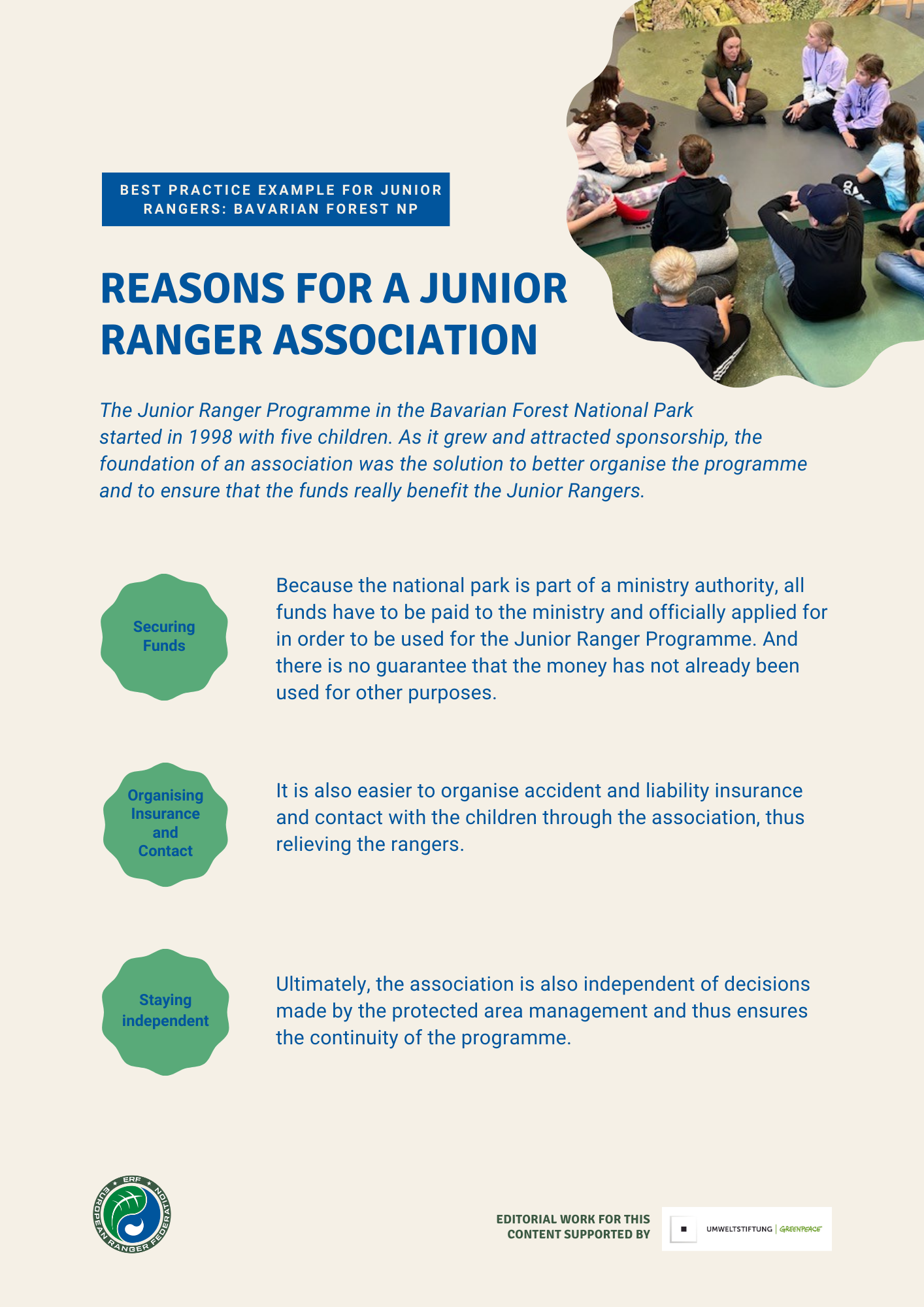
Have you also experienced that the attitude towards the national park in families or communities has turned positive because the children are junior rangers?
Mario: The whole thing is an extracurricular programme. So the parents can control whether their children come to us or not. I know that some children were not allowed to take part because their parents were against the national park. However, I do remember one experience where I saw what we achieve with our programme. It was at a film screening on the bark beetle problem. Afterwards there was a heated debate, also opponents of the national park were in the audience. Junior rangers sat in the front row and were asked by the moderator about their views. Coincidentally, it was my son who answered that he was shocked by the discussion. He has grown up with the new wilderness and sees how the forest is developing in parallel with him. The view that the forest is being destroyed by the national park is something he cannot understand at all, he said. Even if it came from my son out of all junior rangers: It was very motivating for me.
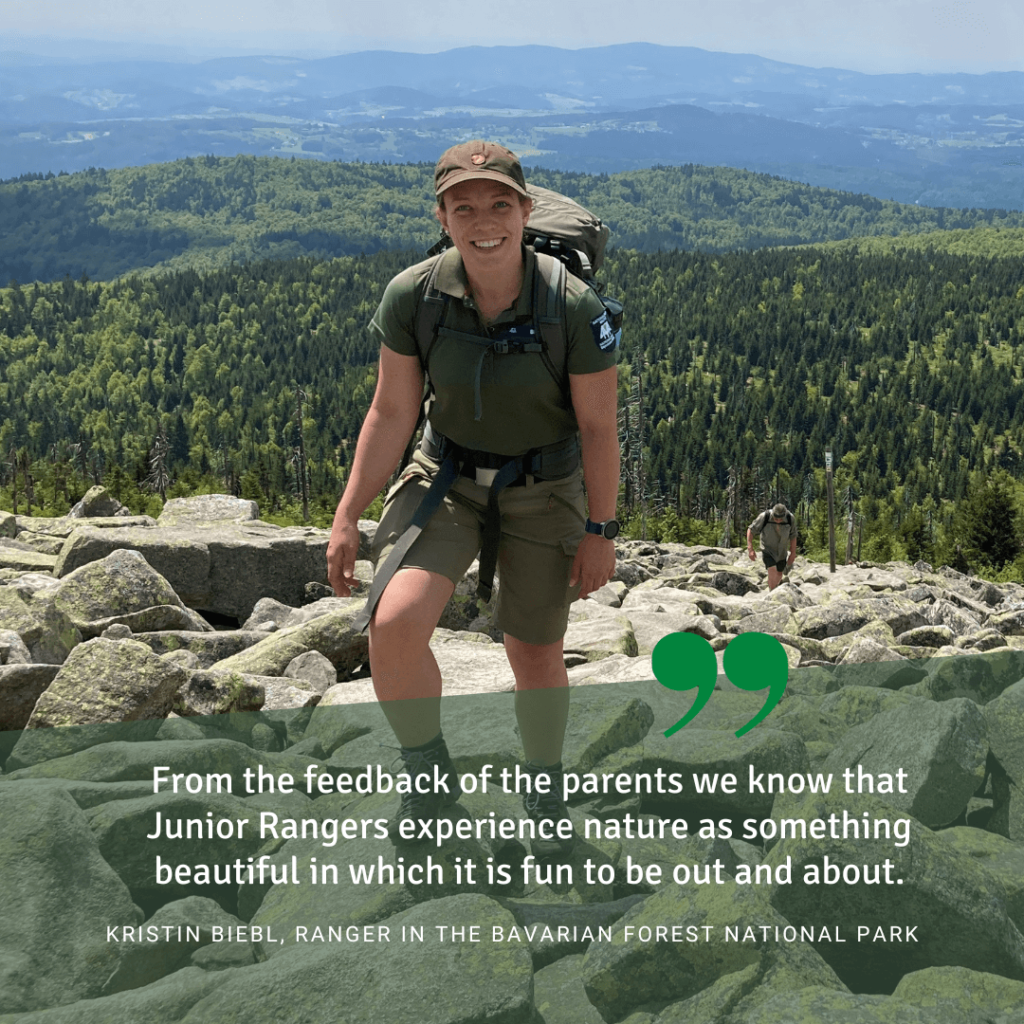
Junior Rangers are definitely worthwhile for every protected area, especially now that many young people are moving away from nature, the programme can create a link between the protected area, the population and young people. At the same time, you shouldn’t be afraid of difficulties at the beginning, because you can always get tips from other protected areas with junior rangers.
Kristin Biebl on the advances of Junior Ranger Programmes for protected areas internationally
Kristin, what moments have you experienced that have shown you: With the Junior Ranger Programme we are making a difference?
Kristin: In the basic programme, the children are on the road with a ranger for four days. When the parents pick them up in the evening, they are usually well done. But when asked at home how it was, the children suddenly come to life again and answer quite enthusiastically “super”, “totally beautiful”. When the parents tell us this the next morning, it shows me that we are achieving our goal: The children experience that nature is something beautiful and that it is fun to be out and about in it.
What tips do you have for colleagues from other protected areas who want to introduce a Junior Ranger Programme?
Mario: First of all, I would look at different Junior Ranger projects in Europe and pick out what is transferable to your own protected area. Then I recommend not starting with children who are too young and not too big: a starting age of between 10 and 12 years and five or six children are good. They shouldn’t be much older either, as interests can change quickly at puberty. It is also important that the whole team is behind it. You have to think about a concept and keep in touch with the children. It becomes part of your work, and that is hardly manageable on your own besides your other tasks. The programme has to be attractive, suitable for the target group and age group. And everyone involved must have enthusiasm for working with children. On the other hand, the programme lives from faces like Kristin. The children know her as a ranger and it would be bad if someone new came every few months. If possible, rangers should also be responsible for the programme, because they are out and about day after day and can bring nature closer to the children in the most direct way.
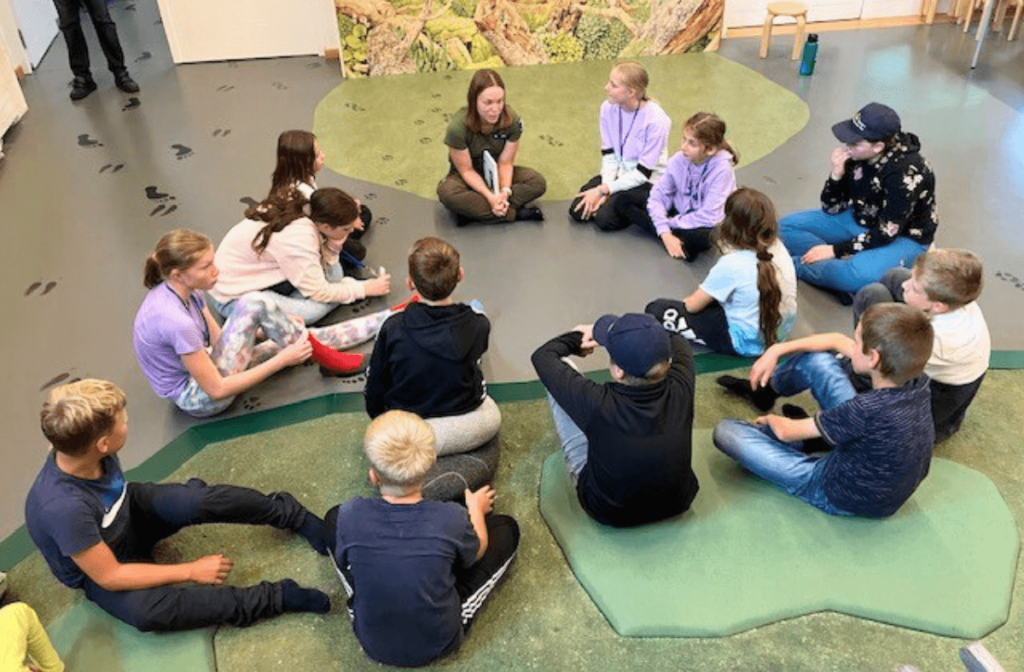
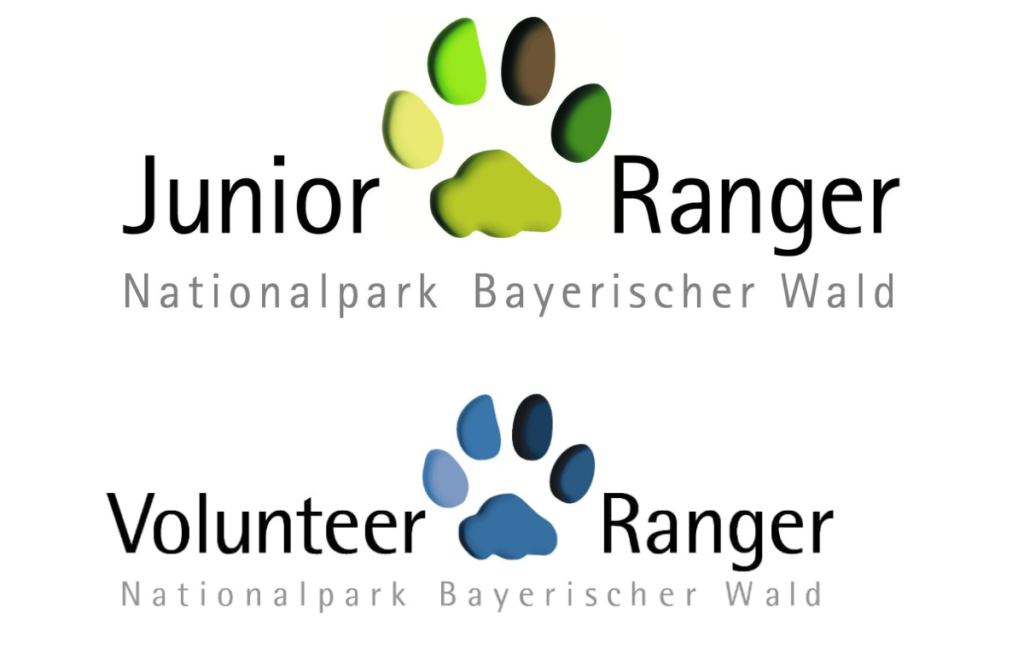
Kristin: It’s important to develop an appealing programme with varied activities that the children enjoy. Basically, it is a good way to look at the guidelines of Europarc as a network organisation for Junior Ranger programmes in Europe or – in Germany – the National Natural Landscapes. However, I would not take this as a blueprint, but rather implement what makes sense in your own protected area and develop your own concept.
From your experience, what specifically do the children enjoy, and how do you add variety to the programme?
Mario: It has to be a mixture of learning and playing. To do this, a ranger needs to keep a certain childishness. It should not feel like school. This also includes talking about trivial things, so not just cramming conservation knowledge with the children.
Kristin: As a junior ranger, I liked it best when we were simply out and about. Of course, it was great when a certain topic came up. Handicraft work is also a good idea, for example building a bird house: It’s fun to do it in a group, and it’s a great success when a bird is inside for the first time. Looking after information stands can also be fun. But it should only be one of many points in a varied programme.
editorial work for this
content is supported by


